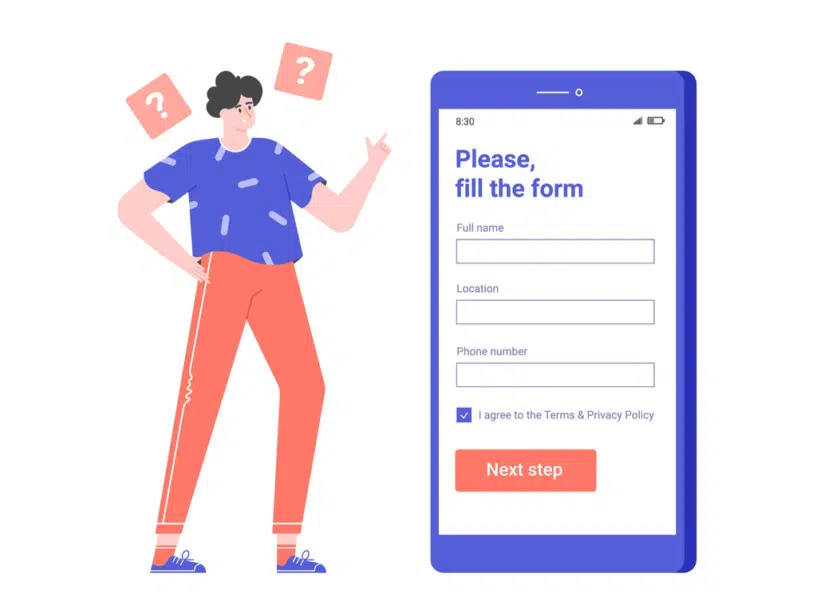Should You Gate Your Digital Content?

To gate or not to gate? That is the question. The sales team screams yes, while the content marketing team begs no.
It’s a common battle in all types of organizations: the decision to require specific information from users, usually via a form, in exchange for access to a piece of content.
Content gating can be beneficial to your organization by generating or qualifying leads. However, gated content doesn’t boost SEO, and some people who would have consumed the content if it were offered with no string attached may decide not to, thus missing an opportunity to get to know your brand better.
Gated and ungated content both have a place in a strategic content mix. With some thoughtful planning, you can determine which pieces to gate and which to leave open. When publishing digital content, ask yourself these six questions:
1. Is the content high-value?
Users are more likely to submit their information for access to exclusive, high-value content like:
- white papers
- webinars
- research/surveys/reports
If your content isn’t significant and original, users may not see the value in filling out a form. Consider offering it outright instead. Also consider how users expect to access similar types of content from competitors. You likely wouldn’t provide your contact information to listen to a podcast, so don’t put your episodes behind a form.
2. What is the goal of the content?
If your content offers broad thought leadership or advice, users will likely consume it at the top of the sales funnel, where a gate is less appropriate. But content that addresses questions users have when making the decision to buy is prime for gating. This is also a good way to qualify your leads. If you have a CRM or marketing automation tool that scores your leads, you can assign a score to pieces of content that are usually consumed in the consideration phase to set them apart from cold leads that have had one or fewer touch points with your organization.
3. Can you find the content somewhere else?
If users can find similar information elsewhere for free — particularly on competitors’ sites — gating your content can hurt more than help. Why take the time to fill out your form when a quick search can pull up a page of results?
4. Is the content promotional?
If your content is chock-full of sales messages with few tips or little information to teach users a skill or lesson, consider keeping the gate wide open. Users have to see a clear value to themselves in filling out the form.
5. Are you promoting the content freely elsewhere?
Let’s say you plan to share an infographic via social media. It doesn’t make sense to put a form in front of the same infographic on your website if users can view it freely on social. The same holds true in reverse. If content is open on your site, don’t make users fill out a form when advertising the content on other channels, such as paid social.
6. How much information do you really need?
For any content you decide to gate, maximize engagement by making it as quick and simple as possible for users. Would just a name and email address suffice? Could you use a social login instead of a typical web form? Could you use progressive profiling, where you ask users to answer a few new form fields each visit?
In the end, users will be more likely to offer their details if they believe they’re receiving something of value. Whatever your strategy for gating content, don’t let it be an all-or-nothing decision.

